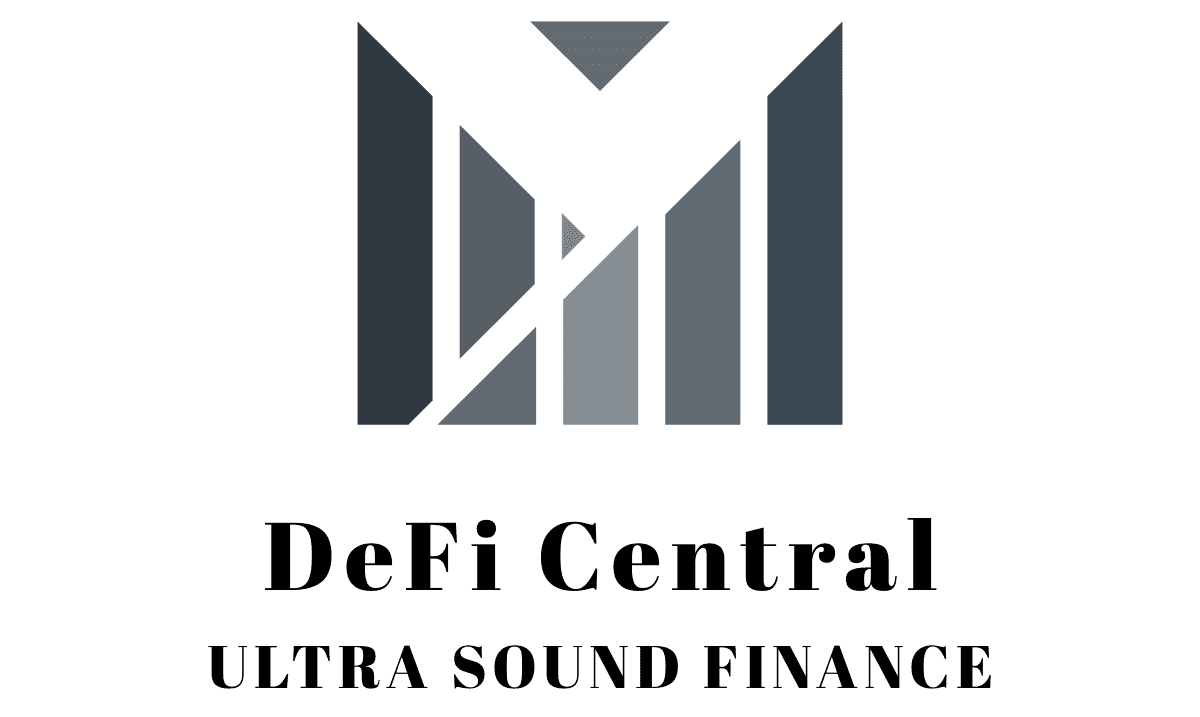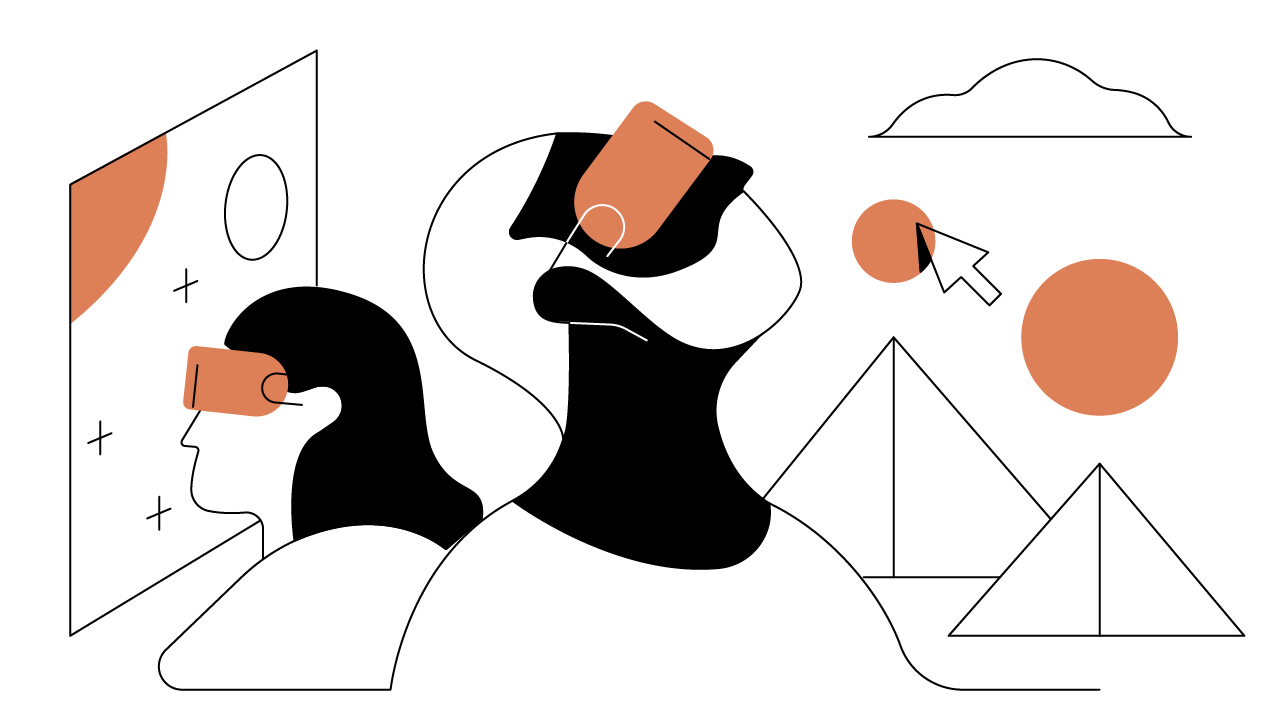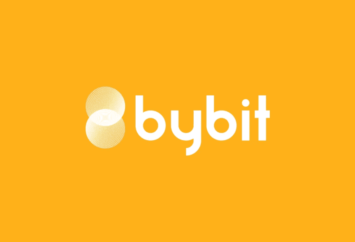Decentraland envisions a truly decentralized Ethereum-based utopia. Find out how blockchain-based gaming and non-fungible tokens are changing online gaming.
Summary
Decentraland is a user-owned, Ethereum-based virtual world where you can play, explore, and interact with games and activities. You can also purchase parcels of land on which to build your own environments, marketplaces, and applications. Decentraland’s three native tokens — MANA, LAND, and Estate — all play a unique role in furnishing the Decentraland economy. The platform is governed by its users through the Decentraland DAO, a decentralized autonomous organization.
Decentraland: Background
Opened to the public in January 2020, Decentraland is an Ethereum-based virtual world, or metaverse, that is owned by its users and governed through a decentralized autonomous organization (DAO). It has three native tokens: LAND, an ERC-721 token that represents parcels of digital land; Estate, an ERC-721 token that represents merged parcels of digital land; and MANA, an ERC-20 token that serves as Decentraland’s currency.
As with most other virtual worlds, you experience Decentraland’s metaverse through an avatar, with whom you can explore its ever-developing map of digital destinations. Activities like buying digital art at the Crypto Valley Art Gallery, trading with fellow metaverse regulars in Bartertown, and learning at Decentraland University can only be accessed with digital tokens. But unlike the gold coins found in Mario or World of Warcraft, Decentraland’s tokens are programmed to facilitate worth and transferability as assets in the real world. Ethereum connects Decentraland’s economy, technology, and ethos, making the digital world an experiment in a digital, decentralized utopia as much as it is a game created for entertainment.
MANA, LAND, and Estate Tokens
Before exploring how Decentraland’s tokens fuel its digital economy, let’s review the differences between ERC-20 and ERC-721 tokens. ERC-20 tokens like MANA are also known as fungible tokens, which means that they are interchangeable with other ERC-20 tokens. Likewise, each MANA token is identical and lacks unique properties. These qualities help make MANA an ideal in-world currency for Decentraland.
ERC-721 tokens like LAND and Estate, however, have characteristics that make each token unique. As a result, they’re not interchangeable and are referred to as non-fungible tokens (NFTs). This means that they cannot act as currencies, but are instead useful for creating one-of-a-kind in-world items like avatars, wearables, and unique parcels of land.
The characteristics of MANA, LAND, and Estate are defined by three smart contracts: the MANAtoken contract, the LANDregistry contract, and the EstateRegistry contract. All virtual space in Decentraland is composed of individual parcels of LAND that you may purchase with MANA in Decentraland’s Marketplace. You can also buy wearables for your avatar at the Marketplace, including clothing, shoes, and accessories. Each transaction is recorded on the Ethereum blockchain, effectively making it a registry for all of the digital property you acquire in Decentraland.
If you own LAND, you are free to create digital environments and applications on it, such as games and themed communities, which can also be monetized. Parcels of LAND that are directly adjacent to each other can be merged into Estates. Some crypto companies, such as Rarible, MakerDAO, SuperRare, and many others, have even created virtual offices and art galleries in Decentraland. Decentraland has also played host to a variety of virtual conferences.
Decentraland’s Governance
Unlike other virtual worlds, Decentraland is not controlled by a centralized entity. Instead, Decentraland is governed by MANA, LAND, and Estate holders through the Decentraland DAO, which was created using technology from Aragon. To vote on proposed changes to the protocol, you must hold wrapped MANA (wMANA), LAND, and Estate tokens. Each wMANA provides you with one unit of voting power, while every parcel of LAND and every Estate provides 2000 units of voting power each. In Decentraland, “wrapping” MANA refers to locking it up in the DAO. When you wrap your MANA, you can no longer spend it or transfer it. (To spend or transfer it, you must unwrap it.) To use LAND and Estate tokens for voting, you must register them to the DAO, but this does not lock them up — you can still use them normally when registered. MANA can be purchased on crypto exchanges like Gemini and Coinbase, but LAND must be purchased in the Decentraland Marketplace. Estate tokens are created only after parcels of LAND have been merged.
In addition to the DAO, Decentraland has a Security Advisory Board (SAB) that oversees the security of the platform’s smart contracts, reviews governance proposals, and responds to bug reports. The SAB is made up of five members who are voted in by the Decentraland community. The board has the ability to delay or reject governance proposals that might negatively affect Decentraland.
With its decentralized design, Decentraland has paved the way for an entirely new kind of metaverse. For the first time, you can own the value that you create in the virtual worlds you inhabit, and that value can be transferred directly to the tangible world. Whether you’re exploring medieval dungeon puzzles, racing cars, or just working on becoming a pixelated landlord, Decentraland is an attempt at building a world in the image of decentralization — and is far more than just another video game.
To learn more, be sure to check out what else you can do with NFTs and how Gaming and NFTs go hand in hand.


